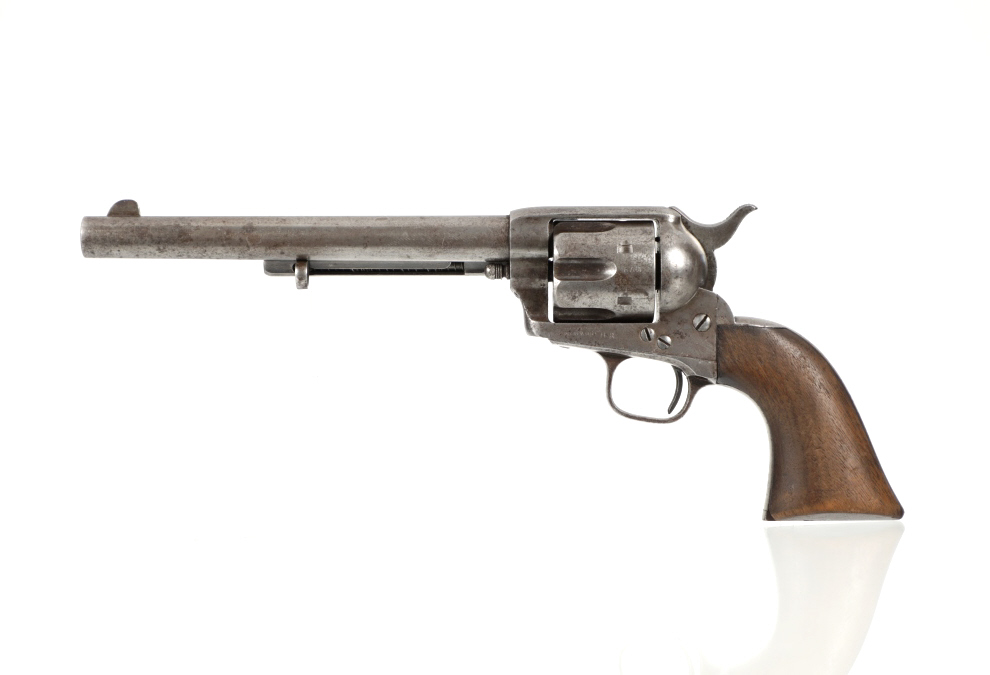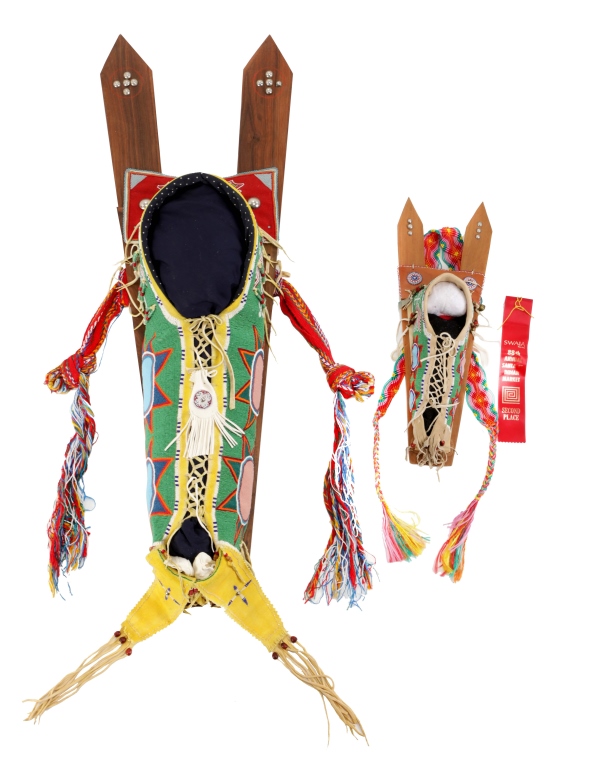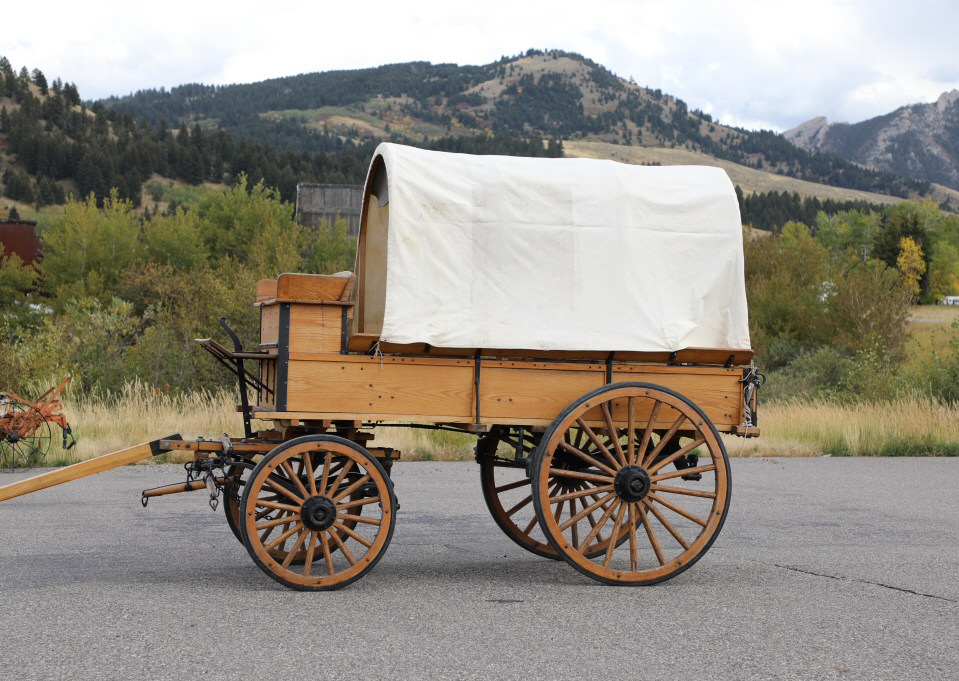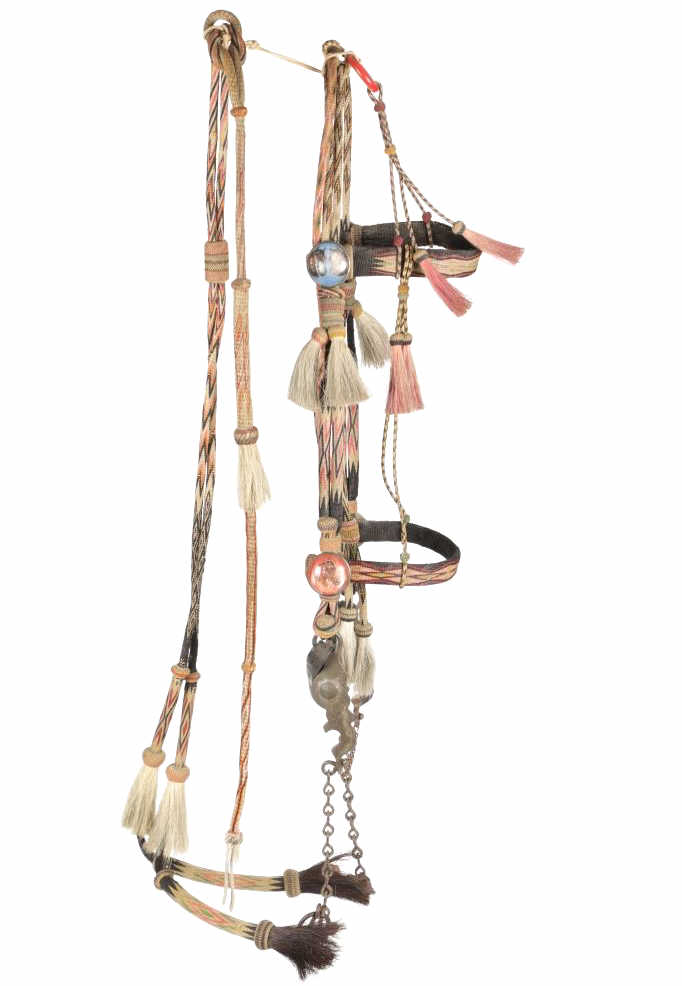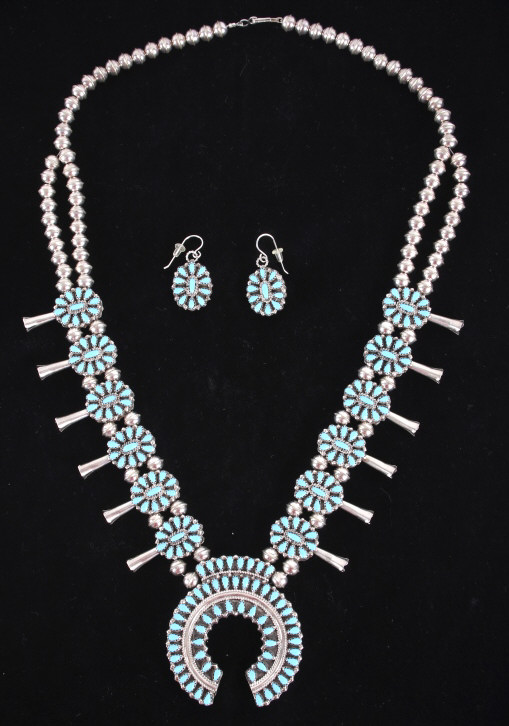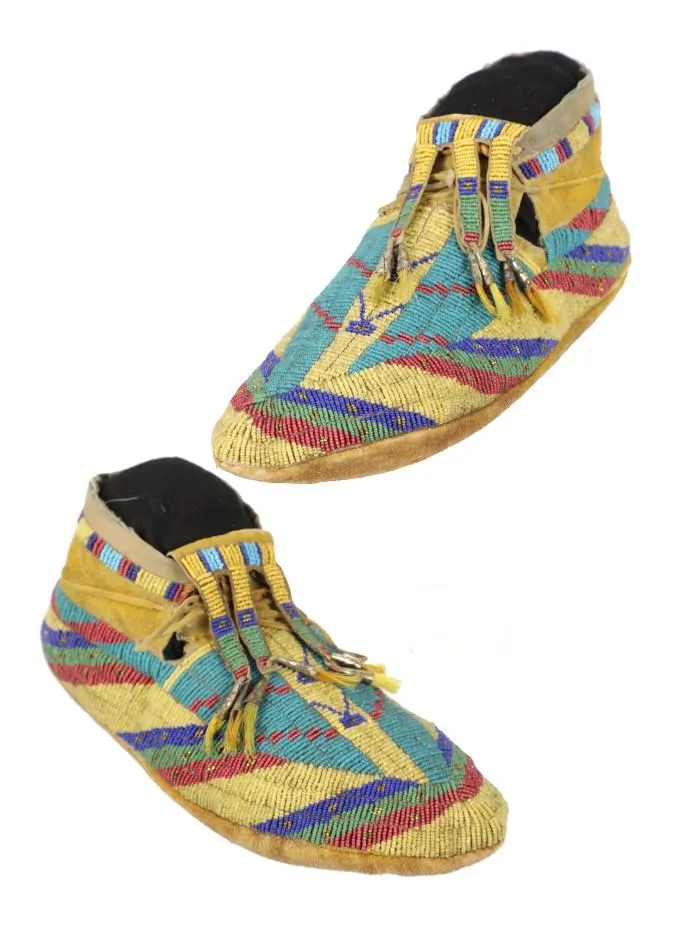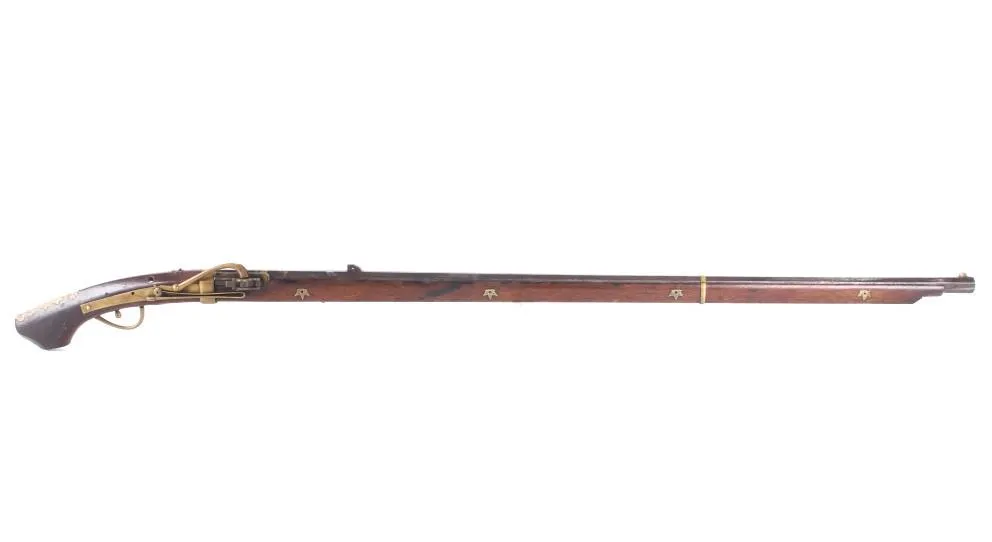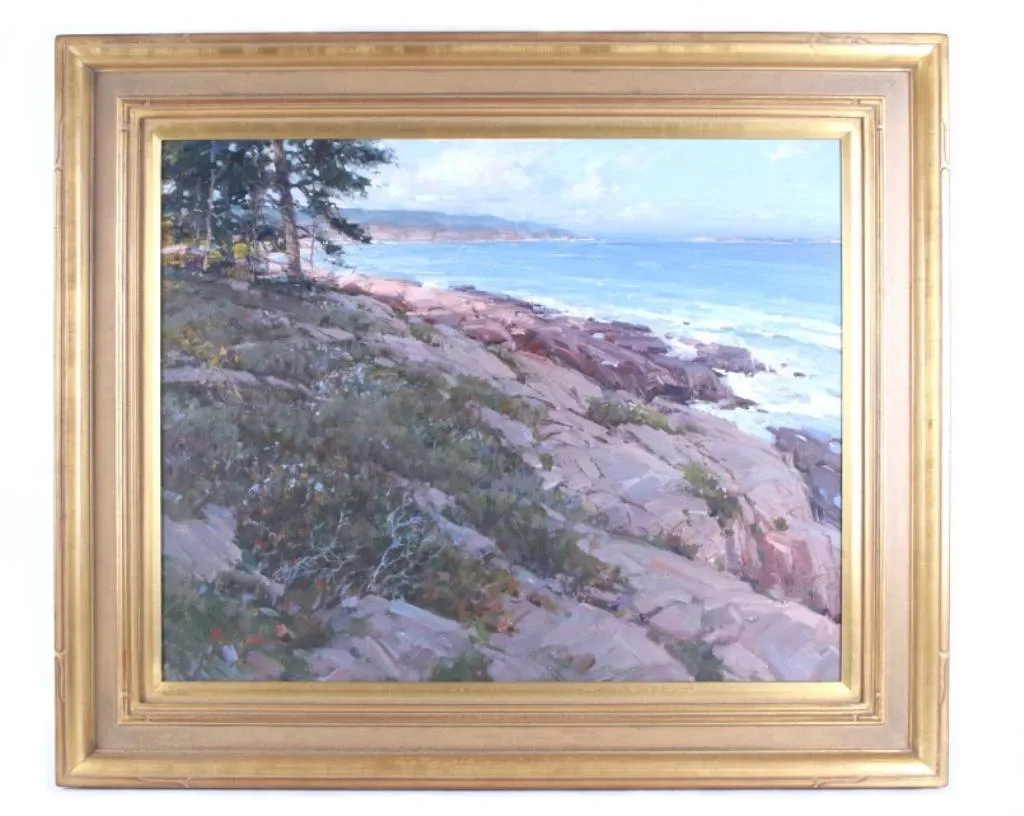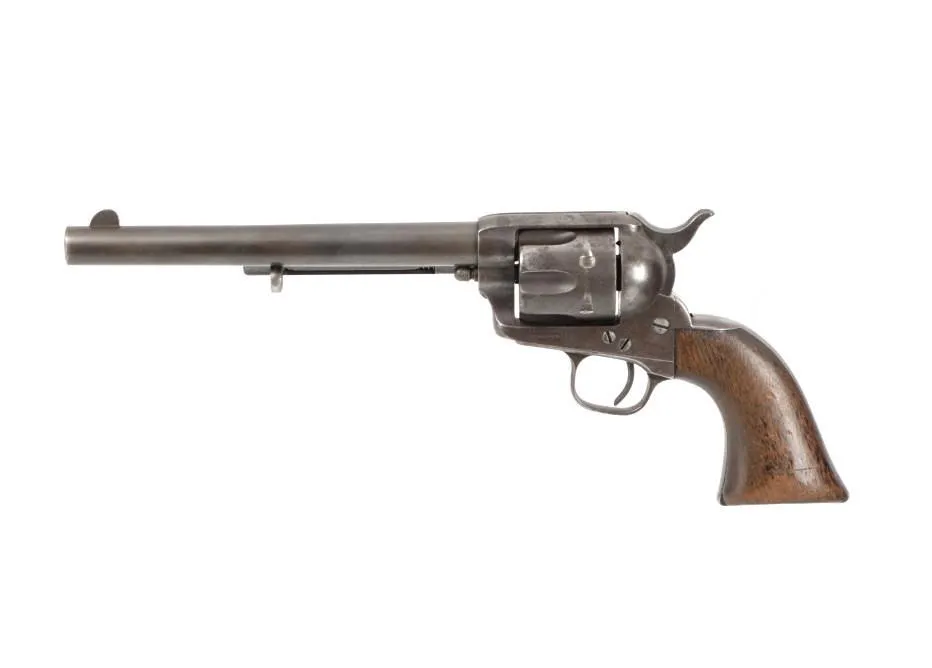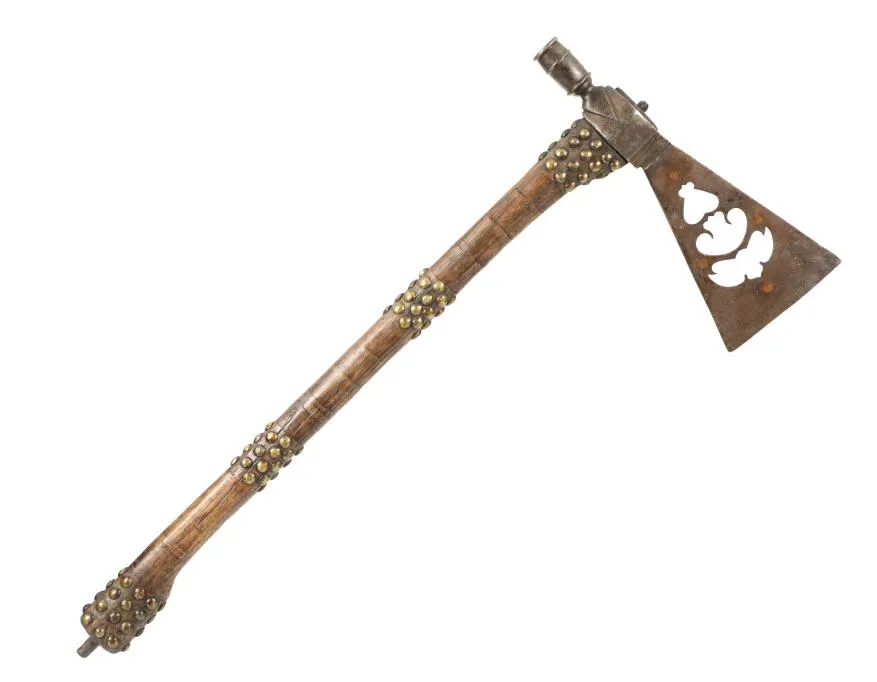• North American Auction •
Top 10
ITEMS
The new sale “Best in the West” features a wide range of works including some highlights below. The auction is open now through November 12th at 9 a.m. Mountain, when the sale goes live. Hope you enjoy.
The Battle of the Little Bighorn, or known to the Lakota and other Plains Indians as the Battle of the Greasy Grass, is the most iconic battle of the “Indian Wars” and “Great Sioux Sioux War of 1876 (or) Black Hills War”. Items with any association with this battle are widely considered some of the most important and historic of the era being majorly in the collections of museums and institutions.
On this rare occasion one of these rare objects is being brought to the public market, this original U.S. Colt from Surgeon J.M. DeWolf.
Not only does this significant piece bare the initials of Surgeon J.M. DeWolf being marked SJMD, the piece is marked extensively with Lakota Togia language and is accompanied by a signed historical examination documenting the pieces important history. Item link.
Vanessa (Nesha) Paukeigope Jennings (Kiowa, born 1952) is recognized as the last cradleboard maker among her Kiowa people and one of the few artists who still brain-tans her own hides.
Vanessa, an enrolled Kiowa tribal elder, was awarded the National Heritage Fellowship in 1989 by The National Endowment for the Arts, a lifetime honor presented to master folk and traditional artists and is the United States’ highest honor in the folk and traditional arts. This award automatically qualifies her as a Living National Treasure by the U.S. Congress and the President.
Offered is, by her own words, one of her best crafted full size and doll cradle boards done in classic Kiowa tradition. Now is your chance to own works similar to that hanging in the halls of the Smithsonian, Buffalo Bill Center, and National Cowboy Museum.
The cradle board is accompanied by a signed letter from the artist directly. Sadly due to health reasons Vanessa is no longer creating works of art such as this, given that she is one of the last Kiowa to create pieces in the original tradition that makes this set truly a historic and important work.
To view more images and to see a complete overview of the item and its owner please follow the link.
Imagine being in Montana nearly 140 to 150 years ago sitting on the Bozeman trail overlanding in this original covered wagon. This piece is from a Bozeman, Montana collection and was completely professionally restored showing an oak construction and is accompanied by two complete rigging sets.
The wagon is truly one of the most recognizable icons of the Great American West. Everything that was and is the West in the original early Territory days was at one point strapped on one of these wagons. To find an original covered wagon in and of itself is uncommon but to find one that has been painstakingly restored and can now be used is more than scarce.
This piece would be the pride of any parade, business or collection and draws everyone near with excitement. Follow the link for more info.
The artwork of hitching horsehair into headstall bridles is uniquely found only in American culture with most originating in the prisons of 12 western states starting in about circa 1880’s. As noted by Jody Martin in the 2016 issue of Cowboy’s and Indians magazine, one would wonder if the term “doing a hitch” was related to this inmate activity.
One of the foremost places that complete hitched headstalls became a prison culture was the Montana State Prison in Deer Lodge, Montana. One of the largest commodities of an inmate is time, and one of the most needed aspect of horse hair hitching is just that, time. The artwork very rarely is seen outside the prison system as it takes too much care and time to create such a piece and be profitable. Horse bridles take the longest of other horsehair artworks to produce with it taking approximately 2,000 hours and more than 40,000 half-hitch knots.
The use of pattern and rich color grew over time with most early examples being predominantly in natural colors with some, such as the piece in the November 12th sale, being the exception showing rich color and pattern.
These pieces were offered for sale by the inmates in the prison outlet store in Deer Lodge, Montana.
This example is a very scarce 19th Century piece showing the bridle headstall with full reins, quirt, early original bit and four horse head rosettes. The headstall was owned by Bob Pennington the former President of American Federal Savings (now Opportunity Bank of Montana) in Helena, Montana purchased in the 1960’s and was featured in the Hawk Hill Press in 2015 and the April edition of Cowboy’s & Indians from 2016.
Click the link for more info.
Another iconic image of what we call “Western” and of Native American culture is the Navajo Squash Blossom Necklace.
The artwork of making squash blossom necklaces can be dated back to petroglyphs (rock art paintings) that pre-date European contact to the Southwest, as noted by author Lois Sherr Dubin. The squash blossom neckace was likely created around the 1870;s to early 1880’s after the native people’s of the area made contact with the Spanish Mexicans. The Navajo was the first tribe to adopt the design and one of the most noted makers, but by the early 1900’s other tribes such as the Zuni and Pueblo peoples starting make them as well.
The exact origin of the shape we know as the Squash Blossom is a bit of a mystery, with some noting the shape being the Navajo’s interpretation of the pomegranate designs frequently used as decoration by the Spanish Mexicans and their uniforms and others believing it to be a represenation of the squash blossom of nature itself. The bottom, a horseshoe shape, is considered to be called the naja and the unique beads down each side the squash blossoms.
This example is from the Navajo Reservation found at the corner of Utah, New Mexico and Arizona done in the late 20th to early 21st Century. Our example, selling in this sale, shows a unique design with petit point with a double side or reversible design. The front showing a beautiful bright blue turquoise and the other side in a deep red branch coral. The necklace is paired with a set of matching earrings with the same reversible double sided design.
For more info visit the link.
Moccasins are one of the more iconic regalia of the Native American culture. While they do provide protection to the wearers foot and a symbiotic connection to the ground some surmise that moccasins decorations bestow spiritual protection to the wearer in the form of certain symbolic messages reminding them of teachings and sacred places.
The obvious importance of beadwork becomes evidently clear when viewing a pristine set in person, such as the 19th Century Assiniboine moccasins in the November 12th sale. The attention to detail, outstanding symbols and intricate work, such as the triple-bifurcated (split) tongue of this set truly evoke a beauty beyond the utilitarian, being more a work of art.
This set exhibits the original Indian tanned hide that is beautiful covered in a yellow mineral pigment ocher dye paint and further accented by the original 1800’s glass trade seed bead beadwork that is all sinew sewn. The set shows a classic Assiniboine pattern commonly referred to as “Buffalo Tracks” or “Bison Tracks” showing the hoof like design in a greasy blue with the greasy yellow border.
This set is truly a sale highlight and was the center piece from its Washington and Wisconsin collections. For more info click the link.
This amazing piece is a matchlock musket from the Japanese Edo-Period of Tanegashima dating to circa 1603-1868.
The matchlock is one of the earliest variations of the handheld firearm and allowed the musketeer to pull the trigger lighting the gunpowder while retaining the focus to make the shot.
This musket show an outstanding gold and brass inlay along the entire stock as well as well as the gold and silver inlay along the barrel.
Click the link for more info.
Xiangyuan Jie is a highly talented artist, born in China and immigrated to the United States now residing in Florida, his work has become widely collectible.
This example is titled, “Passing Clouds Over Otter Cliff Acadia” and shows Otter Cliff, in Acadia National Park, Maine, one of the most spectacular sights along the North Atlantic Seaboard. The large example evokes the impressionistic landscapes by John Singer Sargent.
The painting has been professionally displayed in a gilt wood frame and is a stunning work.
For more info click the link.
One of the best items in the entire sale is this U.S. Colt with Kopec letter, attributed as a Custer Avenger 7th Cavalry revolver. The revolver was completely inspected and marked by W.W. Johnson, an interesting fact.
In addition to the Custer Avenger attribution the revolver is accompanied by a historical examination by the Guns of History noting the piece being singed by Lakota Togia language from Hukpapa Sioux Bear Cap.
As noted by John A. Kopec and H. Sterling Fenn several documented Colt’s were issued to the 7th Cavalry as replacements for those lost at the Battle of the Little Bighorn. This is attributed as being one of those few as well as having direct Native American historic importance.
This is a rare occasion to bid on and view a historic firearm.
Click the link for more info.
The piece is published in “Rare American Indian Weapons: Tomahawks, War Clubs and Knives”, from a private Wisconsin collection and very similar to the John Baldwin published triple batwing tomahawk. It exhibits a scarce triple batwing cutout in the blade as well as several pierced holes inlaid with copper.
Photographs of the book and page the item is published in as while as the Baldwin book piece are shown in the item details.
For more info click the link.

